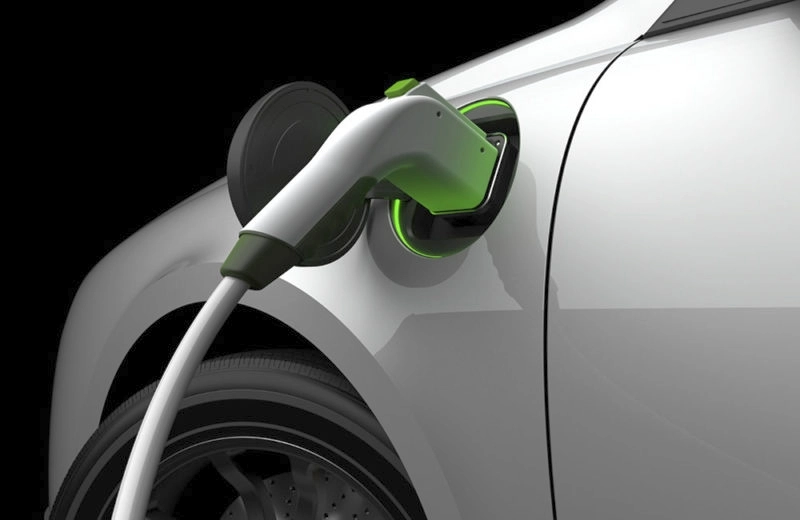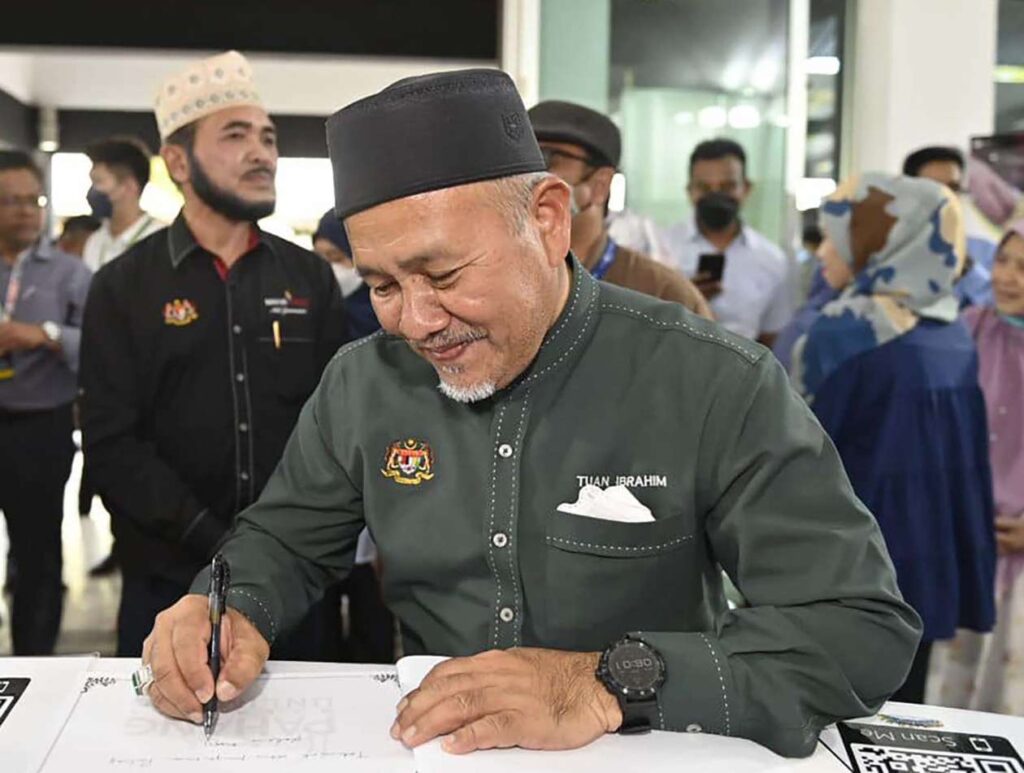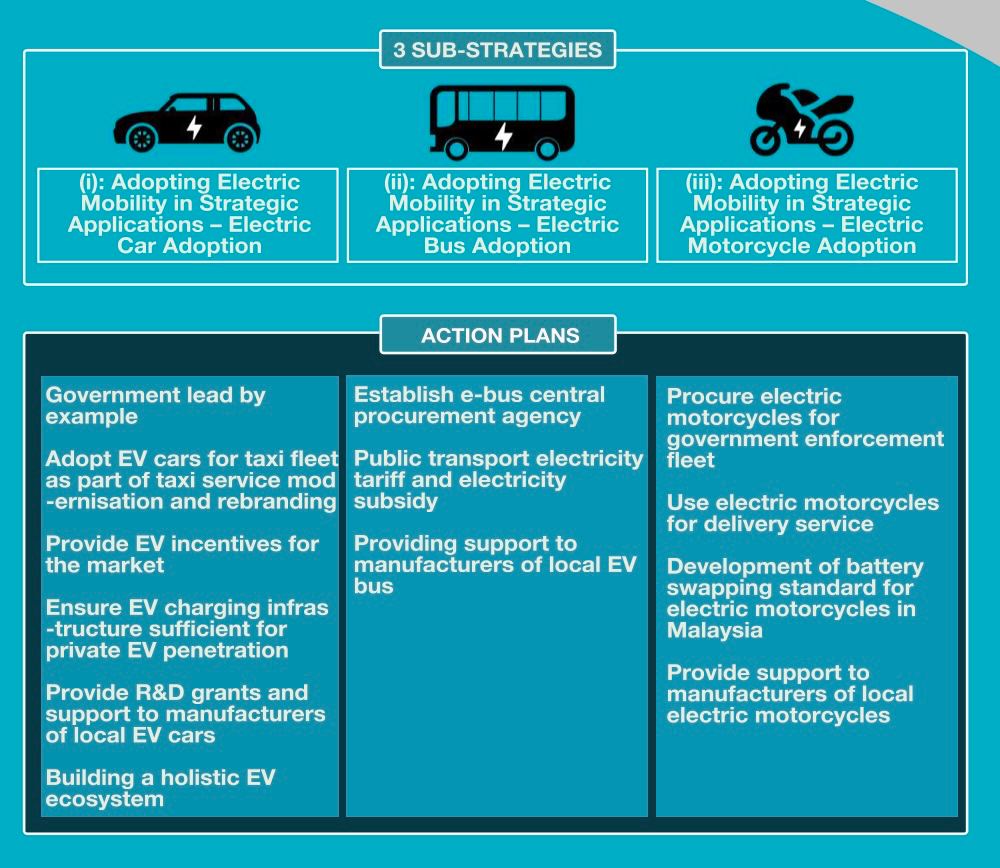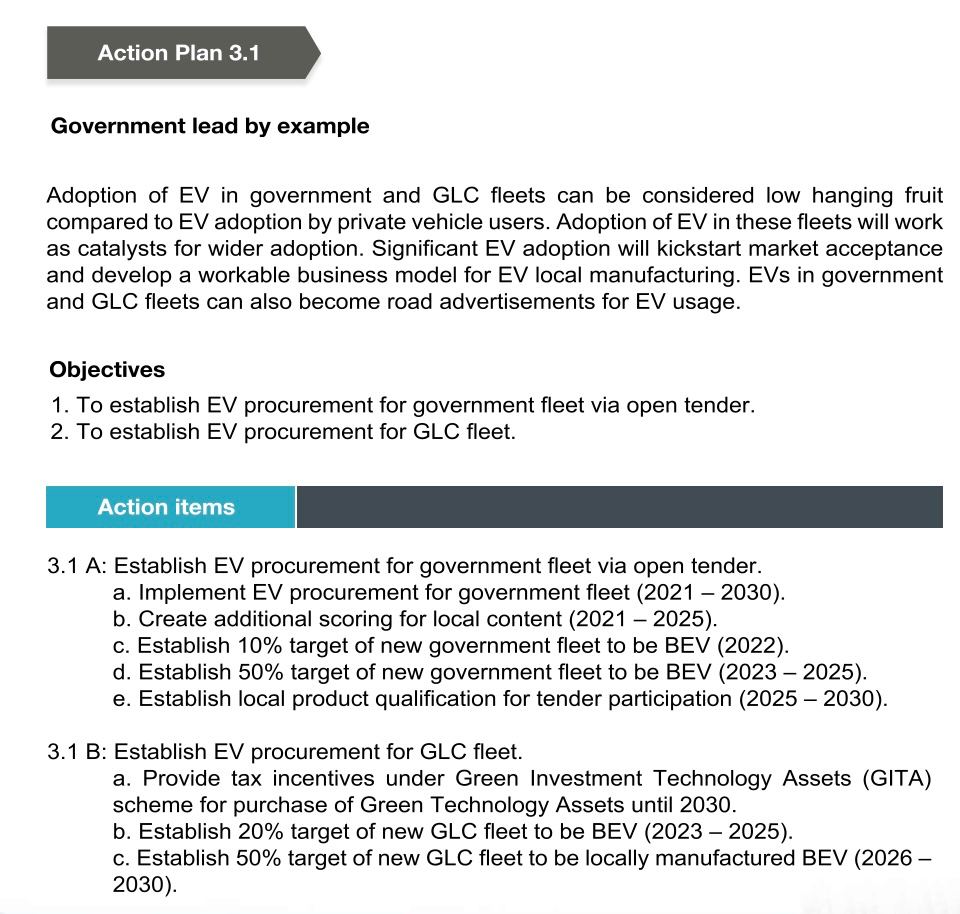
The government says it will begin making the switch to electric vehicles (EVs) for its vehicle fleet beginning from 2023. This was revealed by environment and water (KASA) minister Datuk Seri Tuan Ibrahim Tuan Man.
“Starting next year, all vehicle procurement by the government will consist of electric cars,” he said at a press conference following an event yesterday.
He also revealed plans to make certain locations such as Langkawi and Putrajaya as starting points to drive electrification forward. “For example, in Langkawi, we could give 100 electric motorcycles to residents in exchange for their old bikes or upgrade their vehicles. Our intention is to use such resort islands as a pilot project,” he said.

He added that the choice of utilising islands such as Langkawi to help develop a model was because implementation would be easier in terms of infrastructure and support. As for Putrajaya, he said that the government was looking at making it a carbon-free city, and so it would increase the usage of EVs there.
He added that details regarding specifics have not yet been decided. “The details have not been decided yet because there are not many EVs (in our market), so the cost is quite high, but if more are used, the cost will be cheaper,” he said.
Tuan Ibrahim said that a current issue is the number of charging stations available in the country, which are still limited. He said that the government is currently in negotiations with several parties to develop the charging infrastructure.


The minister’s statement on EV adoption by the government follows that as outlined in the Low Carbon Mobility Blueprint (LCMB), a study that was published by the Malaysian Green Technology And Climate Change Centre (MGTC, formerly known as GreenTech) last year.
In it, the study – which details recommendations by KASA – listed out the adoption of BEVs for use in government and GLC fleets as a means to encourage wider adoption, with the government leading by example. The initial stage will be to establish EV procurement for the government fleet by open tender, listing up to 2030 for the process.
The plan calls for 10% of new additions to the fleet being of battery electric vehicles (BEV) in the first year (which was supposed to have been this year), with the percentage increasing to 20% over the following two years. The process will also be adopted for GLC fleets, with tax incentives being provided until 2030, with 20% of new vehicles for the GLC fleets to be made up of EVs in the next three plus years.
Source : Paul Tan

